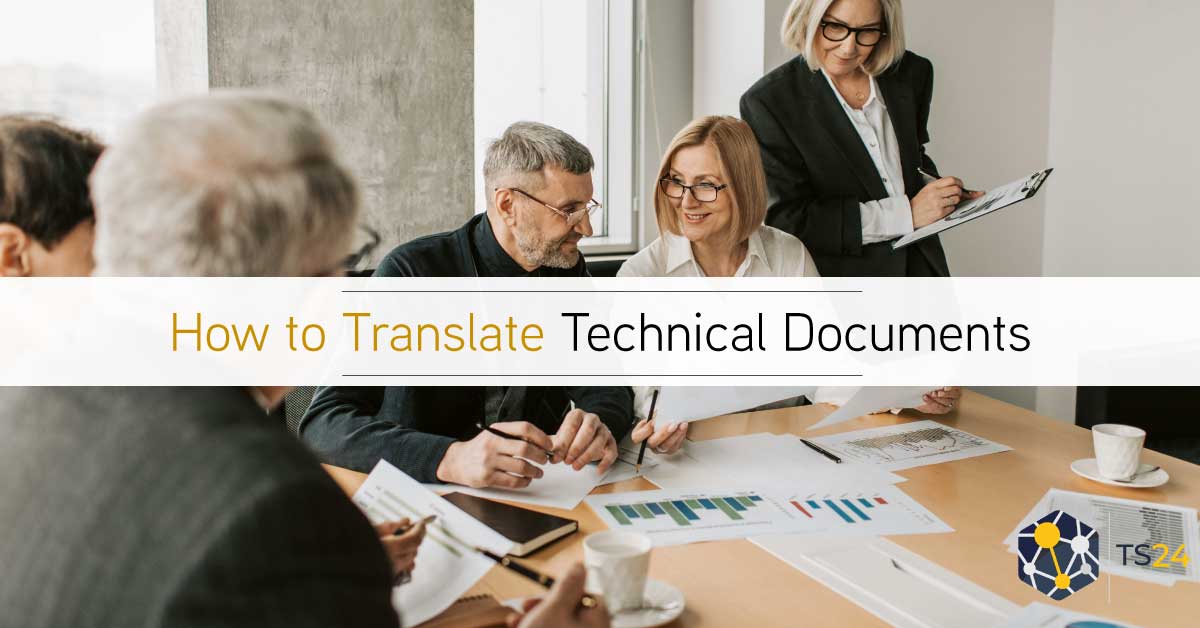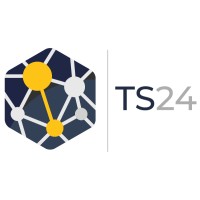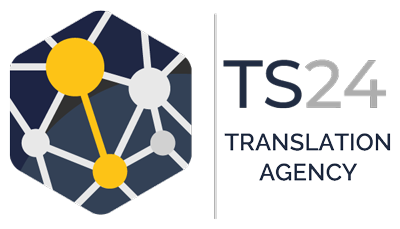How to Translate Your Technical Documents
In today’s globalised world, accurate translations of technical documents and guides are more crucial than ever. A single mistranslated term in a manual or a manufacturing brochure could have serious consequences.
The problem with translating technical documents is that they can be pretty complicated. These documents often contain highly specialised jargon, complex concepts, and cultural nuances that can easily be lost in translation. For example, a 2020 study of technical translations in the literary genre found that 72.44% were deemed unacceptable due to semantic and grammatical issues.
The solution? Reliable technical translation services. These professionals can navigate the complexities of technical language and preserve the original document’s intended meaning. In this guide, we will discuss the top tips we professionals use to create more accurate translations.
Pre-Translation Preparation
The prep before the translation is just as important as the actual translation itself. Here are a few tips to keep in mind.
Content Review
A careful review of the source content is the first step in a smooth and accurate translation. Start by identifying key terminology, concepts, and any potential ambiguities in the document. This will help you build a glossary of terms for better consistency throughout the translation.
You can also find glossaries, style guides, or industry-specific standards to help you understand the document’s technical nuances.
Understanding the Target Audience
The next step is learning more about your target audience so you can tailor the translation to their needs. Pay close attention to their level of technical expertise and cultural background.
If the audience has technical expertise, you can use more specialised terminology. When addressing a general audience, it is essential to simplify certain concepts and avoid excessive jargon. The key is to make the document accessible and easily readable.
Setting Clear Expectations
Before you start the translation, you must establish clear expectations with the client. Make sure you know all the details about the deadlines and the file formats they expect upon delivery.
You can also use this opportunity to discuss quality assurance procedures and revision processes. You want to ensure that the final product meets the client’s standards. Finally, ask if you can use terminology management or translation memory tools to maintain consistency.
EXPERT’S TIP: Do you want to expand your business internationally? Read our expert’s latest article to find out how marketing translations can help your business grow globally!
The Translation Process
Now, it’s time to get to the actual translation process. Here are some tips to keep in mind.
Selecting the Right Translator
Choosing the right translator is crucial in a successful technical translation project. Look for certified technical translators with expertise in the relevant field. Before hiring any agency to complete your work, ask about their linguists’ experience and industry knowledge.
You can also work closely with an expert translation agency to gain access to their network of qualified, certified translators and find the best fit for your specific project.
Maintaining Accuracy and Consistency
Accurate and consistent technical translation may be difficult to achieve, but it is not impossible. You can use terminology management tools and glossaries to ensure that all specialised terms are used correctly and consistently throughout the document.
It’s also important to pay close attention to the style and tone of the original content and maintain them in the translated version. This way, you will create a translated document that is both accurate and coherent for the target audience.
Addressing Cultural Nuances
Cultural nuances can also impact the meaning and effectiveness of a translation. When translating technical content, it’s essential to be mindful of cultural contexts and sensitivities.
You must adapt examples, metaphors, and idioms to resonate with the target audience. More importantly, avoid ethnocentric language and make sure the translated content is culturally appropriate. A survey by RWS found that 86% of native speakers have encountered culturally inappropriate content due to mistranslation.
Using Machine Translation Tools
Machine translation (MT) tools can help accelerate the translation process, particularly for large volumes of technical content. Still, they have limitations.
MT tools often struggle with complex technical terminology or cultural nuances. In fact, studies have found that 60 out of 63 sentences in machine translations contain errors. That’s why human post-editing is crucial to ensure accuracy and quality.
EXPERT’S TIP: What are certified translations? Read our quick guide to learn more!
Post-Translation Steps
Your work isn’t done after the translation. Here are a few pro-translation tips that can make your documents more accurate and reliable.
Quality Assurance (QA)
QA is a critical part of the translation process. It involves identifying and correcting any errors or inconsistencies that may have been introduced into the translated document. With this simple step, you can make sure the translated document is error-free and meets the agreed-upon quality standards. Most experts split the QA process into two steps – before and after the translation.
Proofreading Checks
Pre-localisation checks help ensure the source content is accurate and well-prepared before translation begins. They include verifying the content’s completeness and checking for grammatical errors, factual inaccuracies, and ambiguities.
It also allows you to examine the cultural relevance more closely so that the material is appropriate for the target audience. Lastly, you will evaluate the technical readiness. That means ensuring all elements, such as UI strings and code snippets, are correctly formatted for localisation.
Linguistic Quality Assurance (LQA)
LQA is a critical stage in the translation workflow where human reviewers check the translated content for accuracy, fluency, and cultural appropriateness. This process typically involves professional linguists who compare the translated text against the source material to identify any meaning, tone, or terminology errors.
Many firms use standardised models to check translation quality based on specific criteria. LQA also creates a feedback loop for translators, enabling better translations in the future.
Post-Translation Proofreading
Post-translation editing is another critical step in ensuring the quality of the translated document. A qualified technical proofreader will carefully review the translated text to verify its accuracy, consistency of terminology, and adherence to the style guide. They will also edit and proof the document for grammar, punctuation, and formatting errors.
Conclusion
The height of globalisation today urges businesses to invest in accurate technical translations. If you are in a similar situation, don’t risk the consequences of a poorly translated document. Invest in professional technical translation services today and open the doors of your business to a global market!
About TS24
Translation Services 24 (TS24) is a professional translation agency offering expert services in over 200 languages. We work with clients in all corporate and public industries and specialise in sector-specific linguistic solutions. With over a decade of experience in the industry, 15+ million words converted every year and 100,000+ projects completed, TS24 is a leading provider of expert translations and interpretation services and an officially certified member of the ATC. Contact TS24 here. You can also read all of our recent articles here.
Follow Translation Services 24 on Social Media






